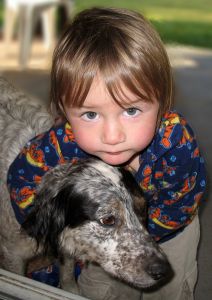 Birmingham, Alabama Dog Training
Birmingham, Alabama Dog Training
I wanted to write a quick post to let you folks know that I’ll be coming to Birmingham, Alabama in May of 2013 during the week of May 6th. I’m honored to be invited by Rick Clark of The Barking Zone. Rick has come up with some interesting and unique ways of running his dog daycares and even offers Dog Daycare Franchises for those looking to get into the industry.
Rick and I have gotten to know each other over the years as he has been studying from my dog training DVD’s and we’ve talked about dog behavior and training. I even had the privilege to interview Rick about his business for my marketing radio show for pet business owners.
I’m excited now to be able to come down to his neck of the woods and work with him on his dog training goals but to also work with the dog owners from Birmingham and the surrounding areas on their most pressing dog training issues.
While I’m in Birmingham we’re going to be setting up group sessions and private sessions for local dog owners. Space will be very limited. For those interested please contact us to let us know of your interest and we will update you on availabilities, pricing, schedules, etc.
Birmingham, Alabama Dog Training Invitation
Birmingham, Alabama Dog Training- Courses
I’ve become known over the years for standing out with various skills. If you are in need of help in one of these areas I invite you to contact us for more information:
- Puppy training- If you can avoid various pitfalls with raising your puppy the chances are far better you’ll end up with the perfect adult dog. The majority of the behavior problems we deal with at our training company could have been avoided with doing things right from the beginning with a puppy.
- Fixing dog aggression- I’ve really been able to make a name for myself with fixing dog aggression. I’ve traveled the U.S. and to various other countries to work through aggression problems with numerous clients.
- Big time behavior modification- If you’re dealing with big issues like destruction, separation anxiety, etc. I can help you.
- Advanced off leash obedience- I have a unique and proprietary system for using an e-collar in a humane fashion to quickly train reliable and high level obedience training.
I invite you to come out and enjoy a workshop, private session, etc. Contact us for more information!









Follow Us!